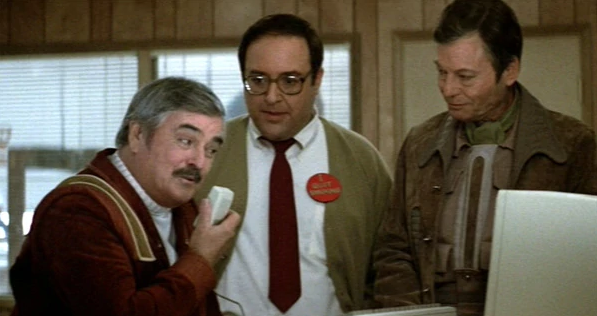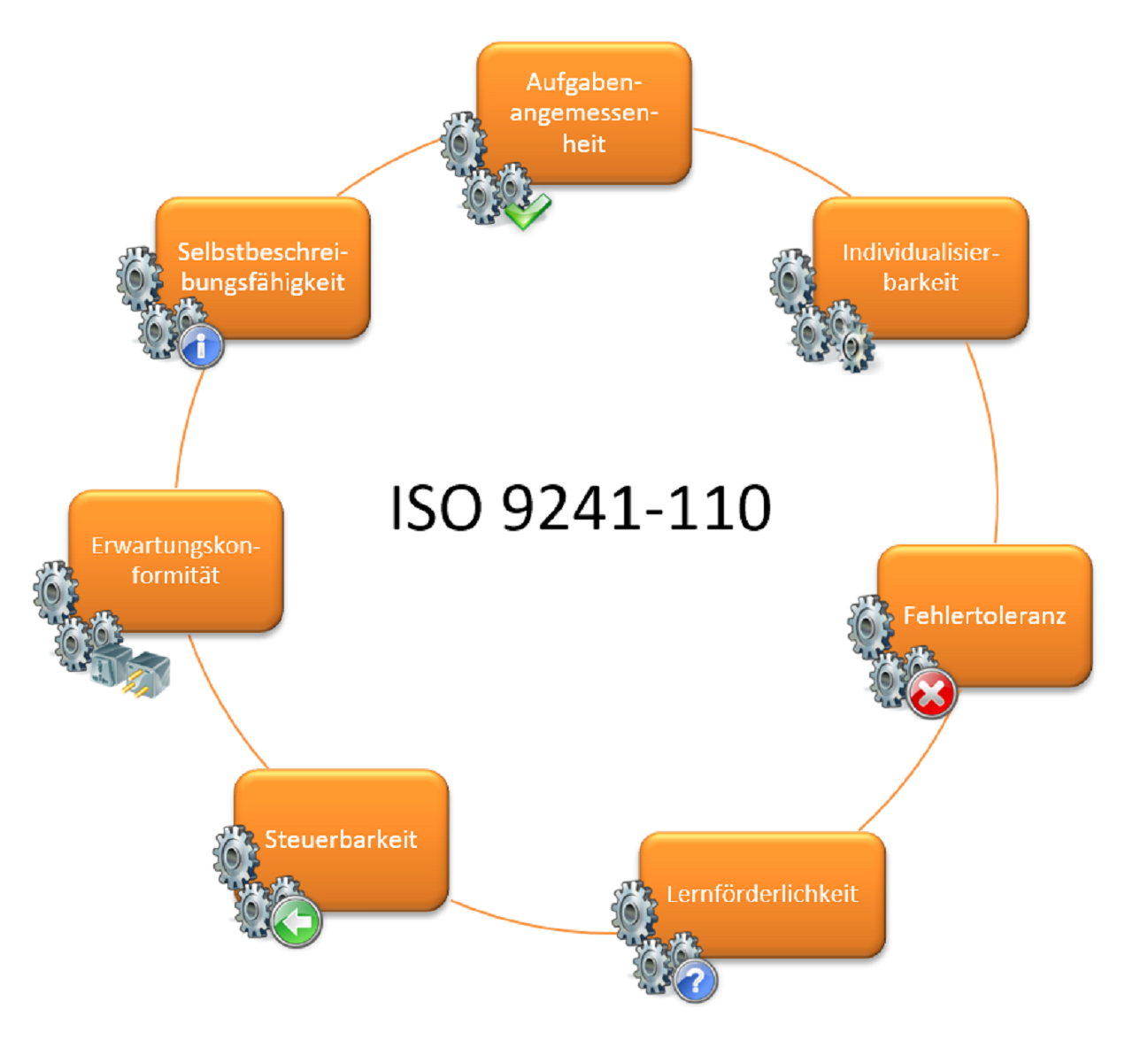9241 … for most people this is simply a four-digit number, but for usability experts it is a daily tool. ISO 9241 is the international standard for interaction between people and computers. We at HeiReS have specialised in development and design to always take the user’s point of view into account. As a result, ISO 9241 plays a particularly important role for us.

Quelle: YouTube
Admittedly, when we hear the term “human-computer interaction”, we may quickly think of Scotty from Star Trek, who tries to speak into the mouse of a computer and thereby communicate with the computer. In fact, however, the term conceals many very sensible guidelines on how computers and similar devices should be used, operated and interacted with.
Specifically, part 9241-110 of the standard plays the most important role for our usability experts, but also for designers and developers, in the creation of apps and software. Seven aspects are defined here which, when correctly taken into account, ensure user-friendly solutions that are easy to learn and operate.
The seven aspects mentioned – also called dialogue principles – shed light on different criteria for software that play a particularly important role for the user and are intended to avoid “critical use situations”, i.e. points at which the application becomes difficult or even impossible for the user.
For the sake of understanding: A dialogue in this context does not necessarily mean the “dialogue windows” familiar from development. Rather, it is about whenever the computer – i.e. the application – and the human being enter into dialogue with each other, i.e. communicate. In addition to windows, icons, text, etc., this can also be a waiting period, a necessary step on the part of the user, the user interface as a whole, and so on.

Quelle/Copyright: HeiReS-Training
Here is an attempt to describe the principles of dialogue in an understandable way by means of questions to be asked. This is combined with a request to all those who work in the software industry to question them again and again in the future when it comes to creating programmes or apps that are actually used with pleasure.
- Task adequacy
Does the UI match what the user wants/needs to do in the application?
Do the structure, categories and workflow match how the user works and thinks?
Are there distracting factors that unnecessarily distract or confuse the user?
Are there showstoppers that completely distract the user from the actual task? - Controllability
Is it up to the user how to move through individual steps?
Does the software allow the user to determine the direction/speed of interactions?
Are there places where the user is unnecessarily pushed in one direction?
Is the user free to take steps back and forth at any time (without loss)? - Self-descriptiveness
Does the user understand the interface, its layout and which areas are for what?
Are all controls (buttons, icons, status indicators, links, etc.) recognisable as such?
Is it clear which controls the user can and cannot use? - Facilitation of learning
Does the interface and content help the user learn how to use it?
Are helpful instructions for the software quickly available to the user?
Are there meaningful and helpful tooltips on controls and their use? - Individualisability
Can the user adapt the interface to his or her individual needs?
Does the application also allow adaptations to influences of the context of use?
Can the content of the software also be adapted to specific user needs? - Fault tolerance
How does the software behave when system-related problems/errors occur?
What happens if the user makes a mistake, e.g. when entering data?
Does the application give helpful error messages that serve to solve the problem? - Conformity to expectations
Does the procedure within the software match the way users actually work?
Do controls known to the user behave as expected?
Is the use of colour and imagery appropriate to what is common in this context?
Even if some of these questions are formulated in a rather general way, we hope to provide food for thought on how to add real value to software with a little effort and a view from the user’s perspective.
